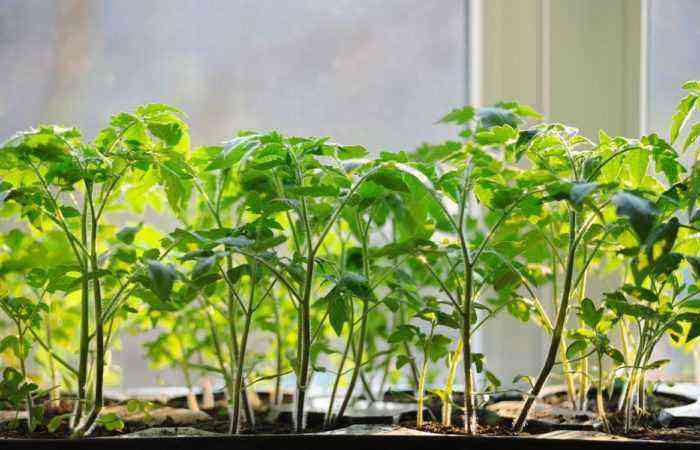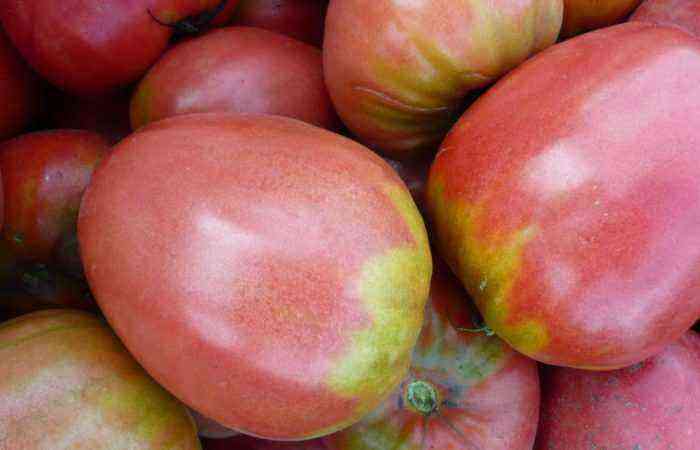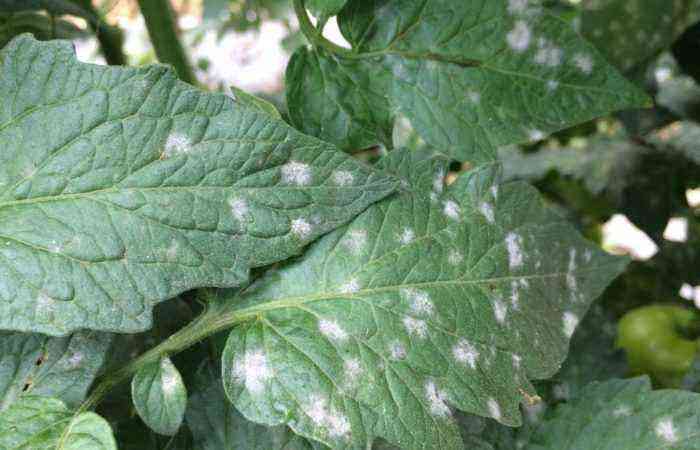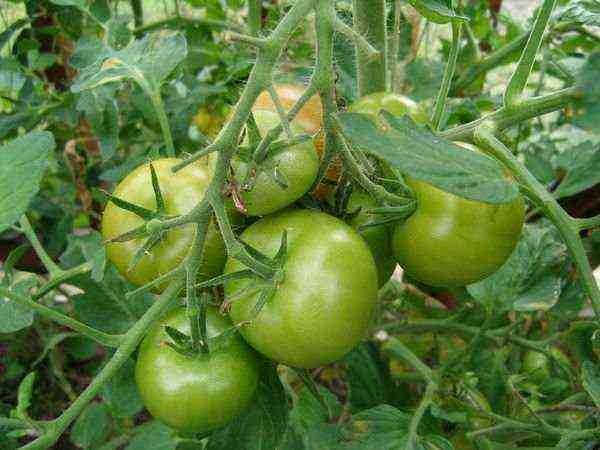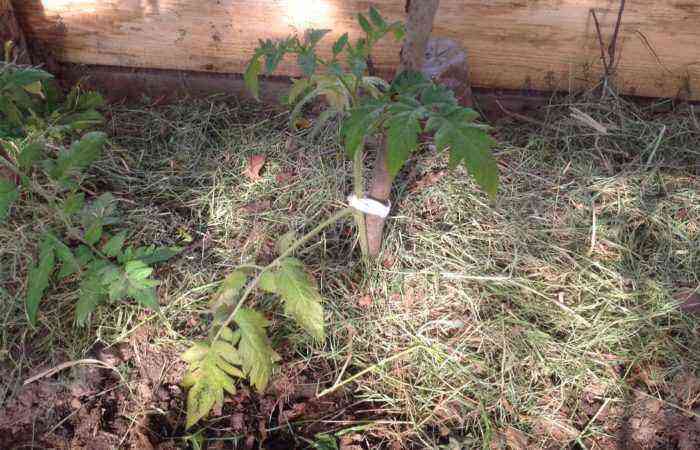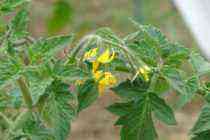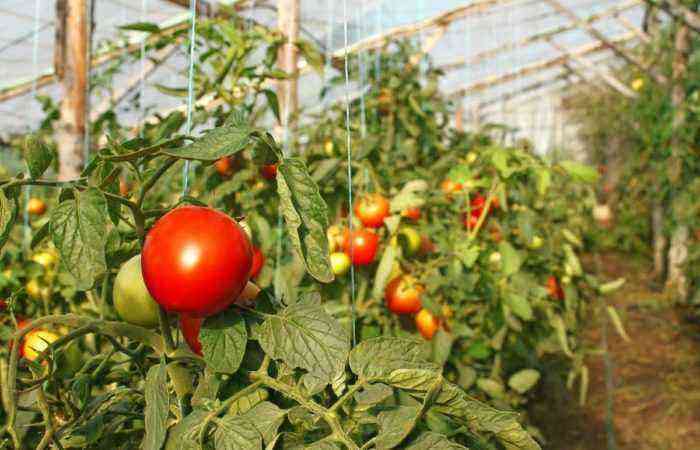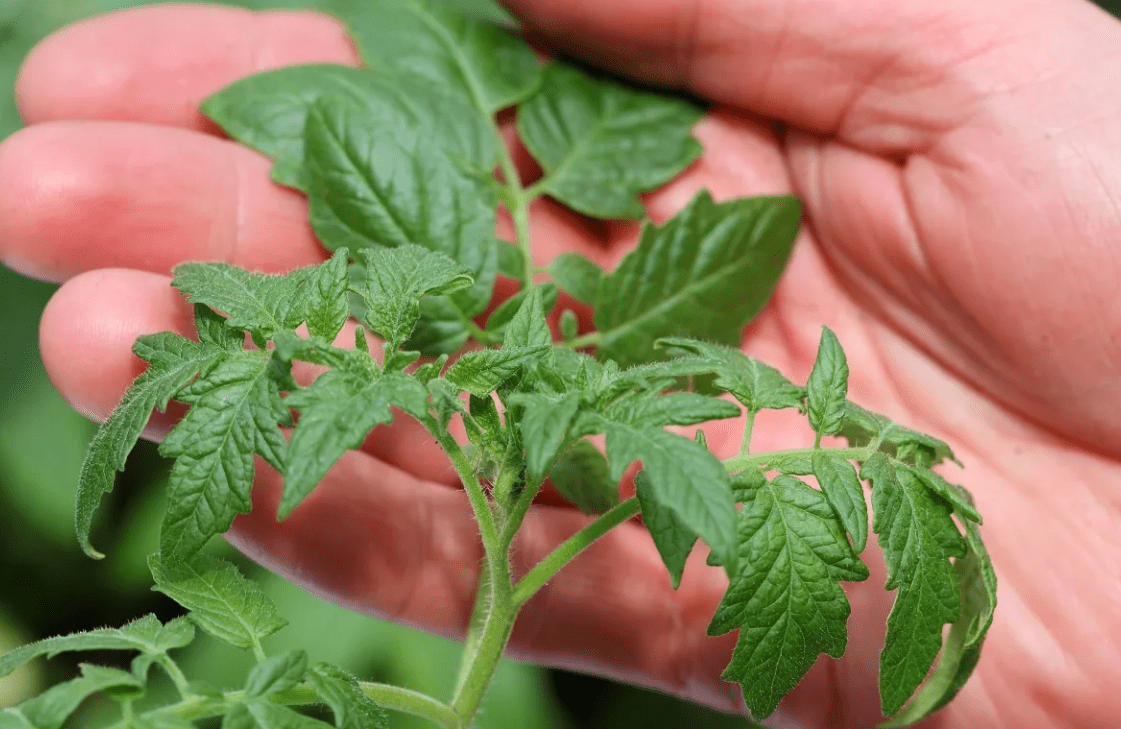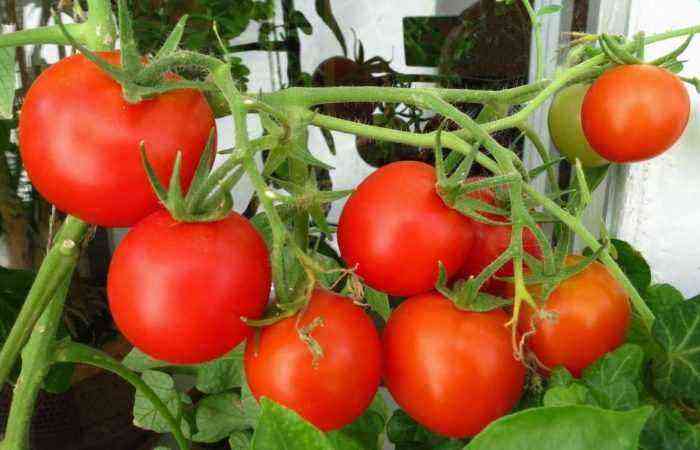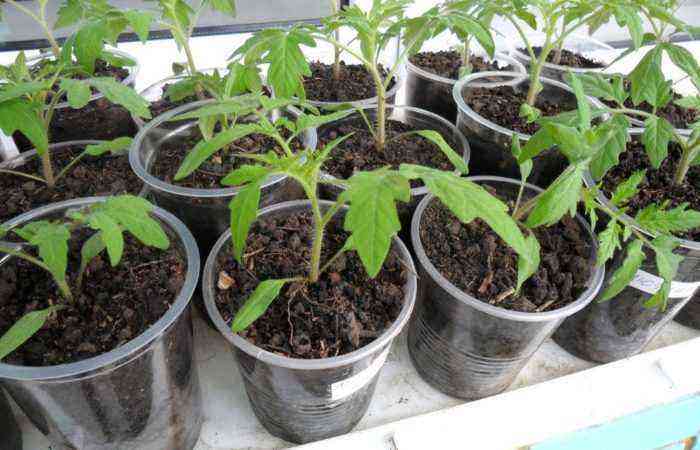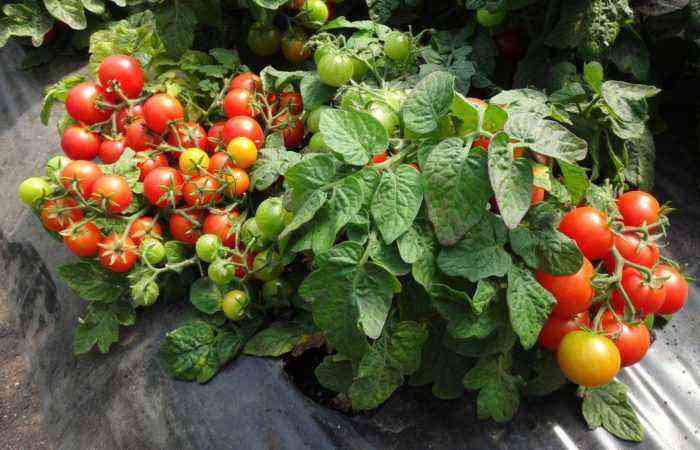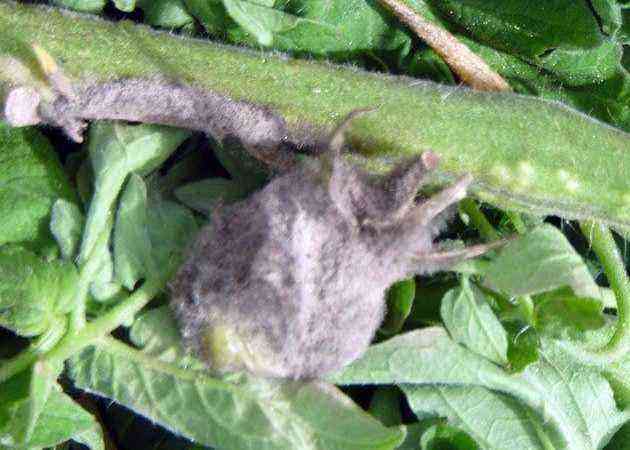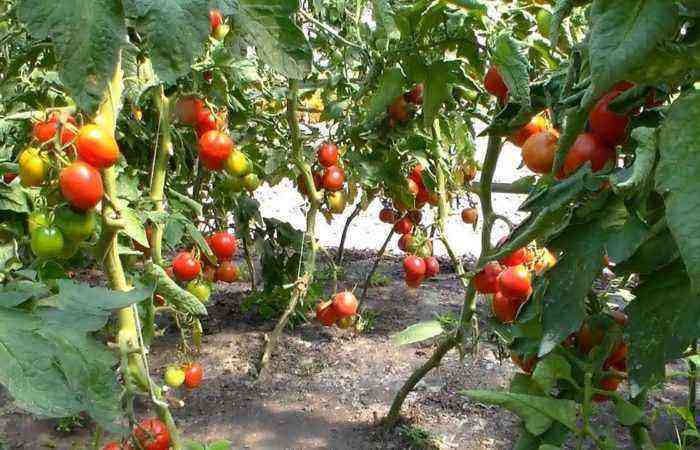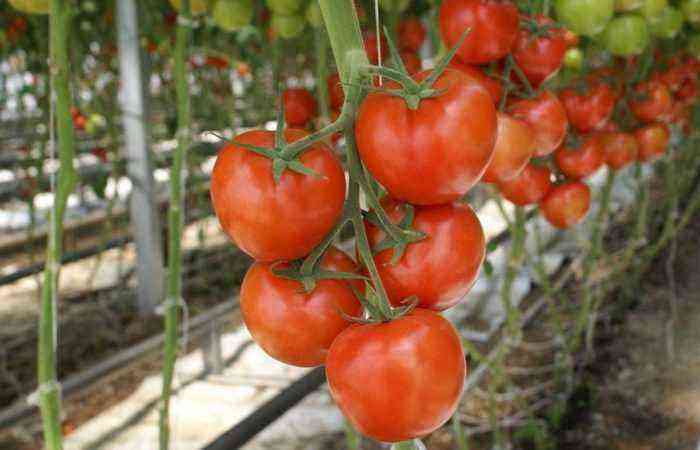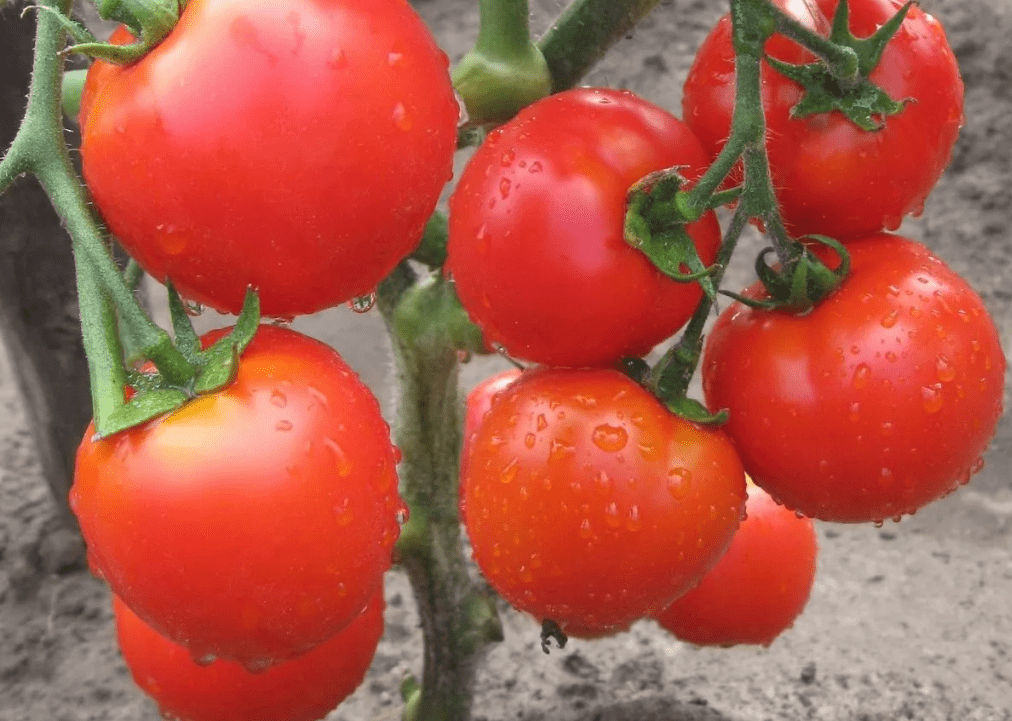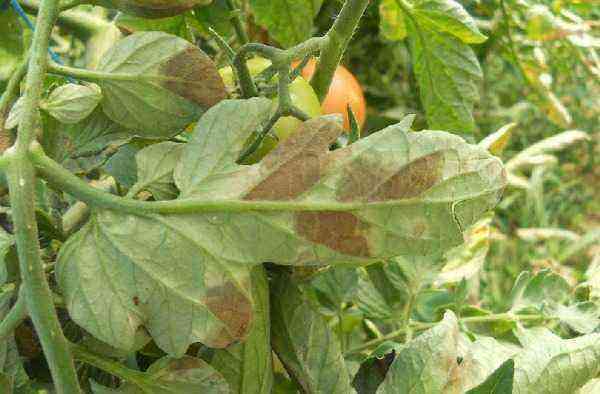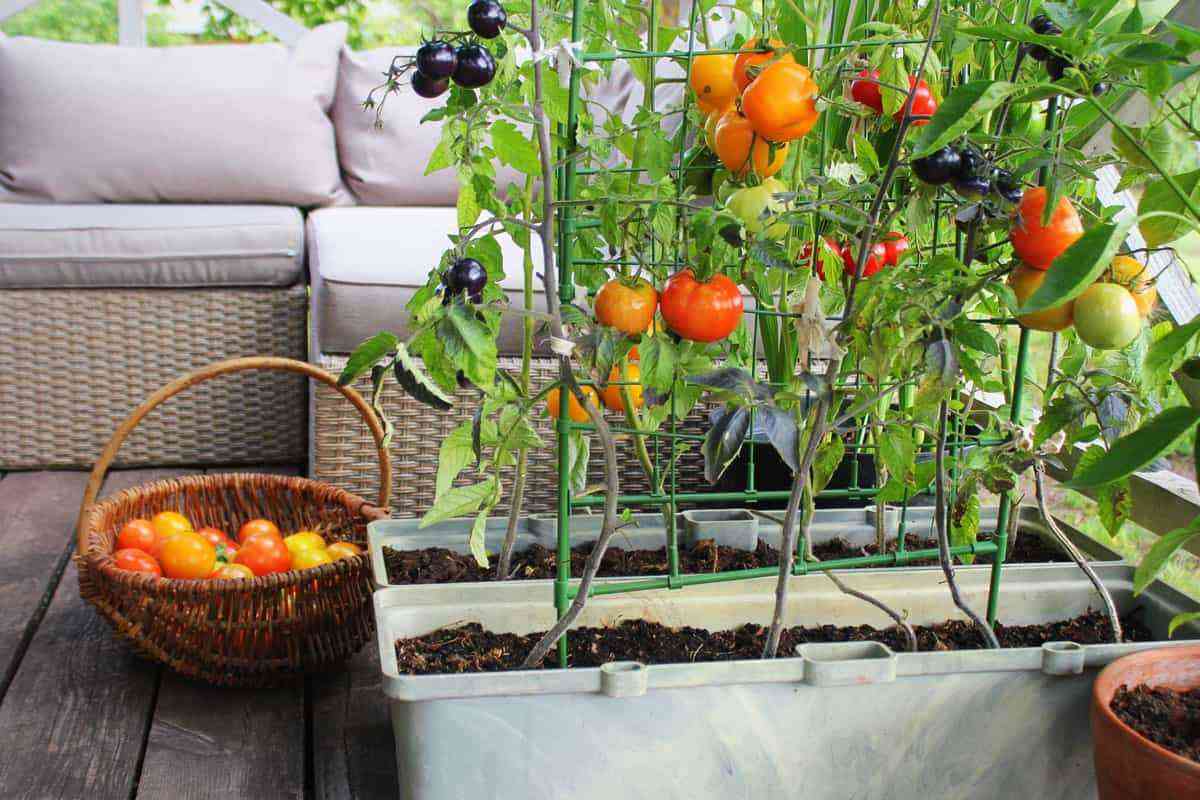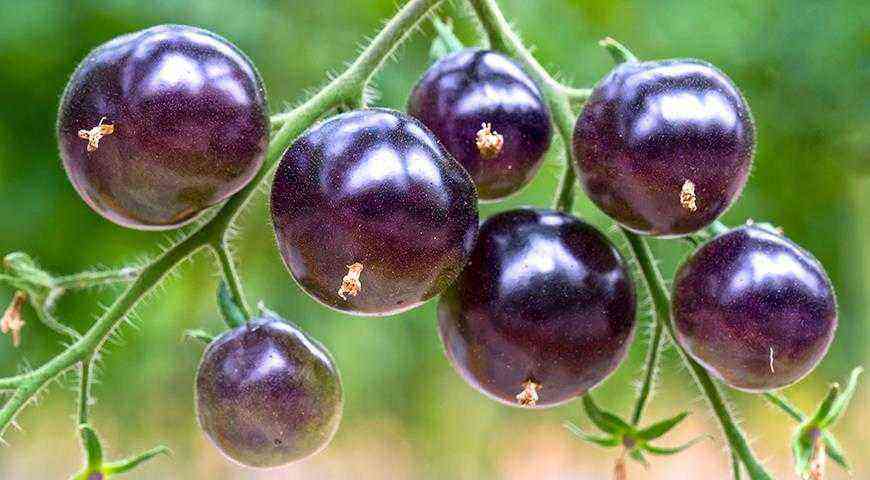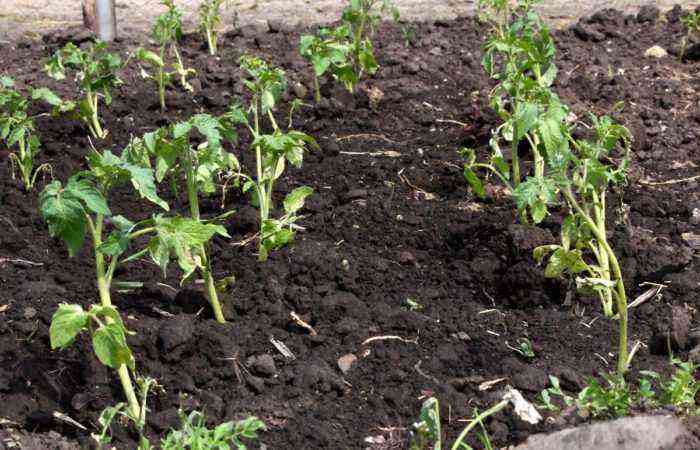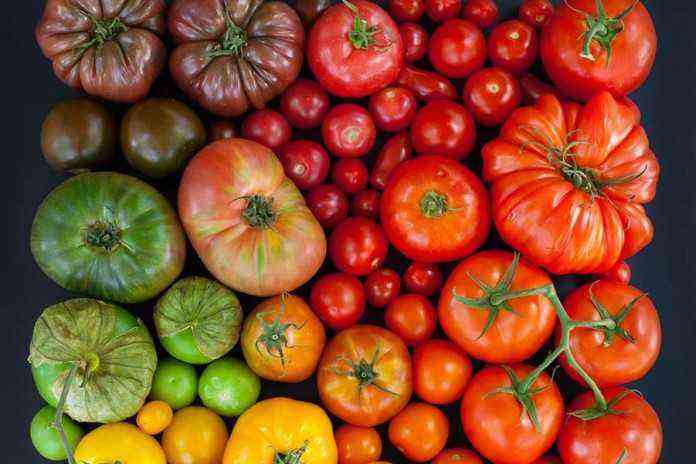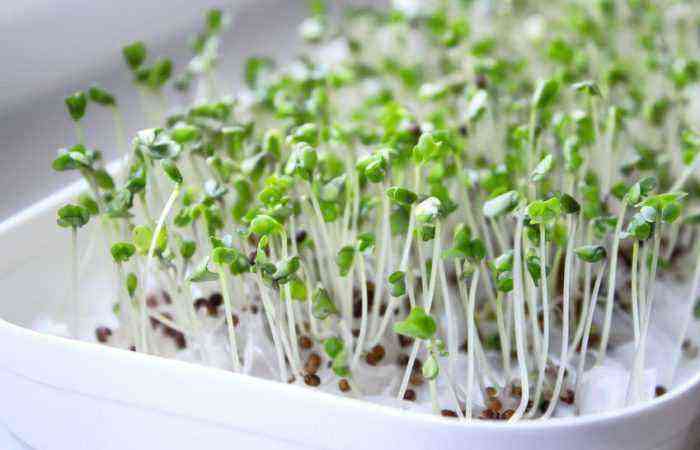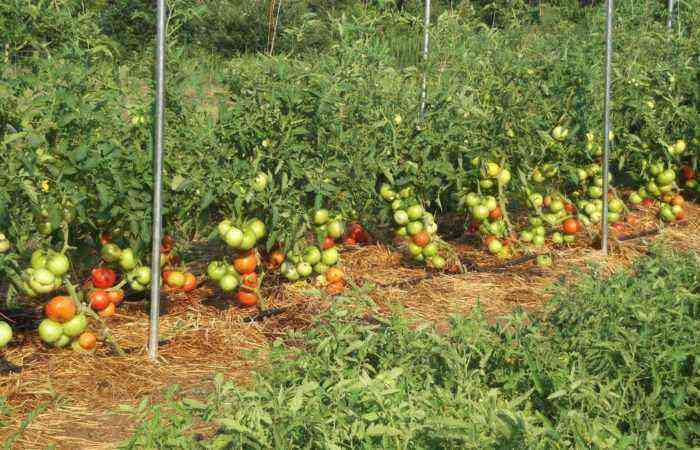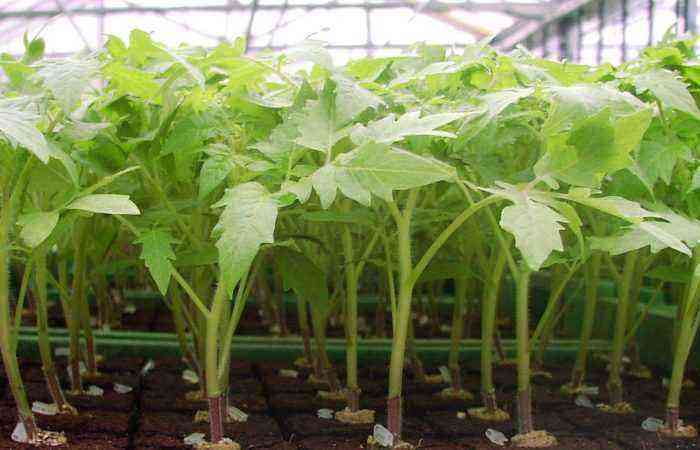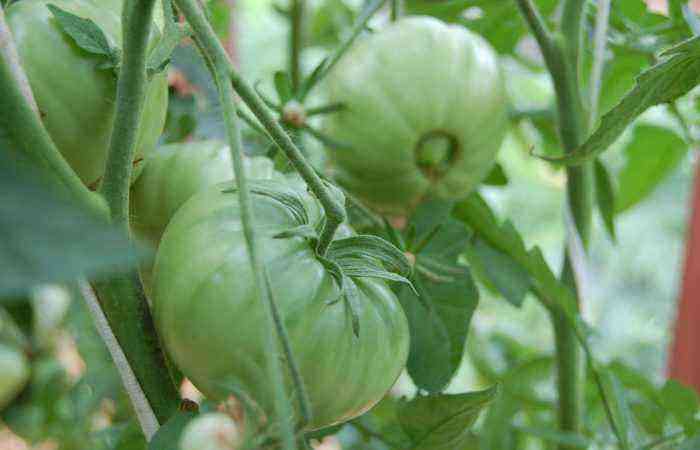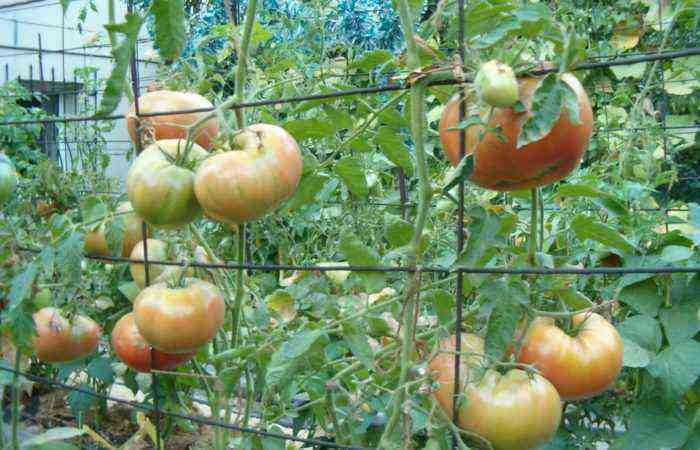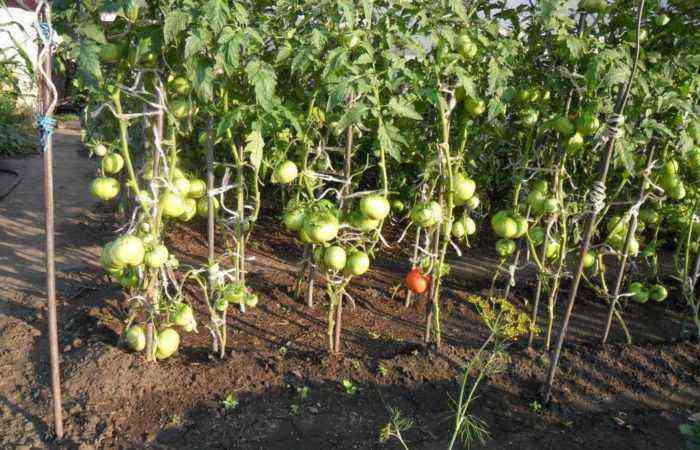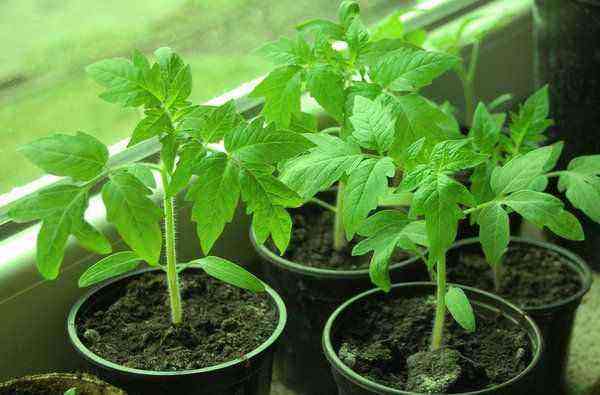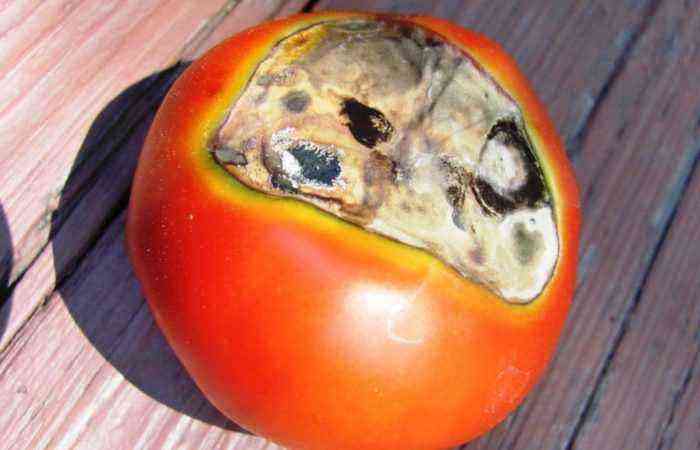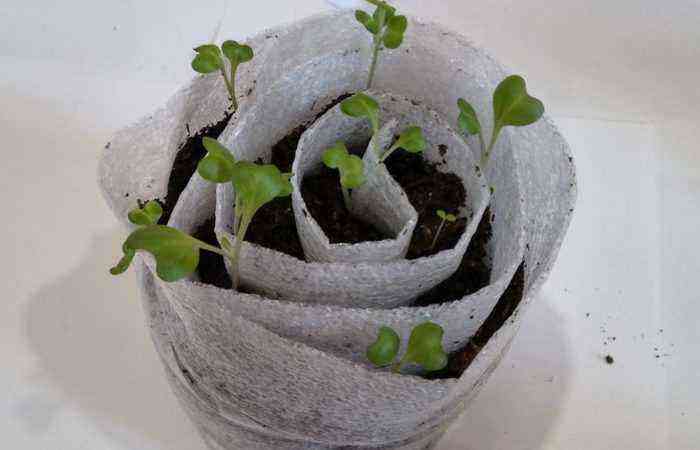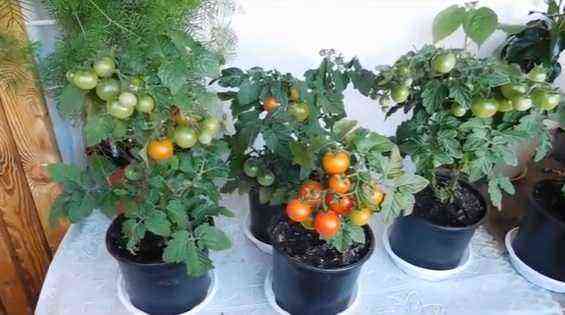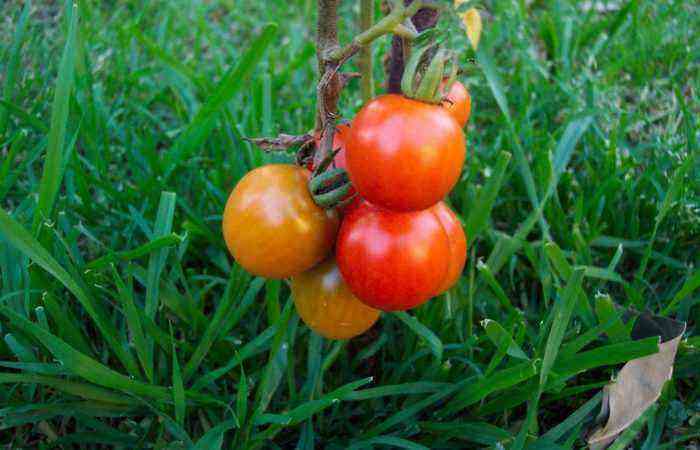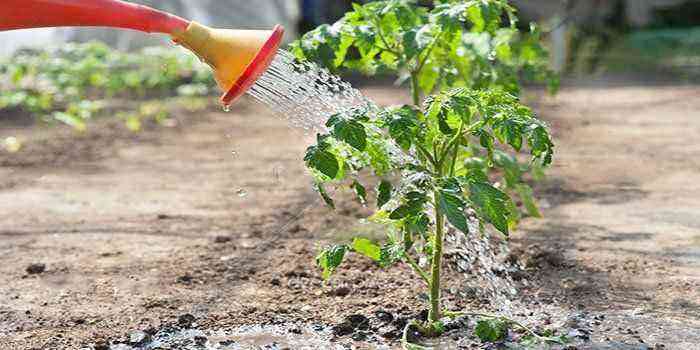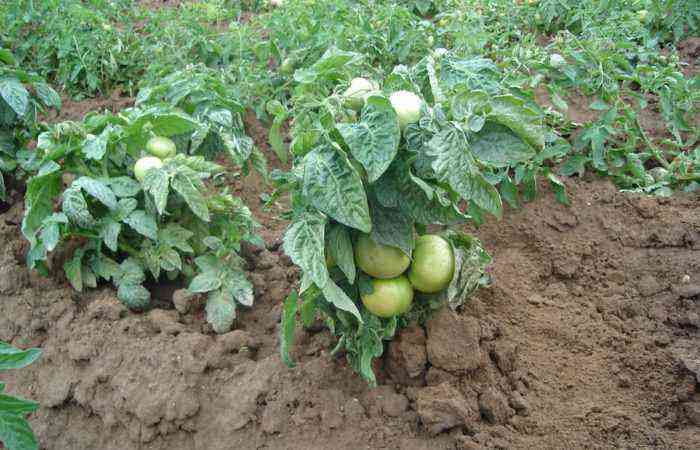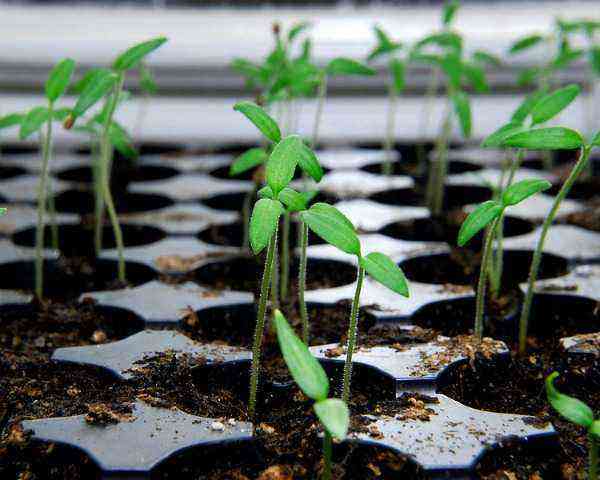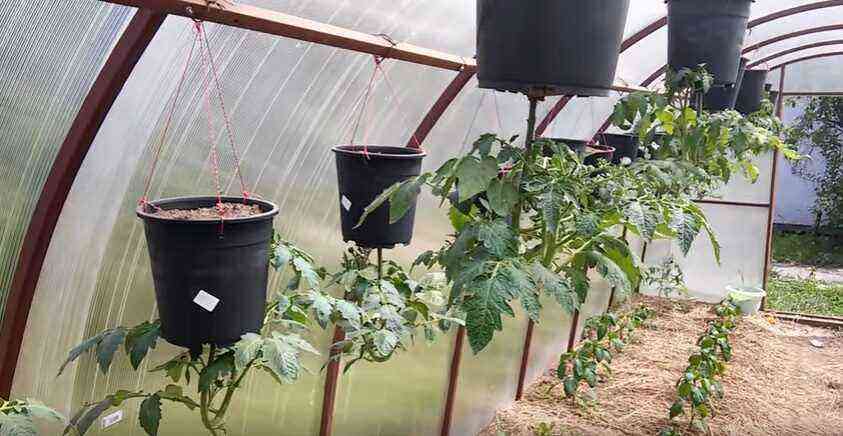Tobacco mosaic is a dangerous viral infection that leads to the death of tomatoes. It can cause a loss of up to 50% or more of the crop. The infection is highly contagious and virtually untreatable.
Only correct protective measures, timely detection of the disease and destruction of sources are effective against the virus. Therefore, the fight against infection begins long before planting tomatoes.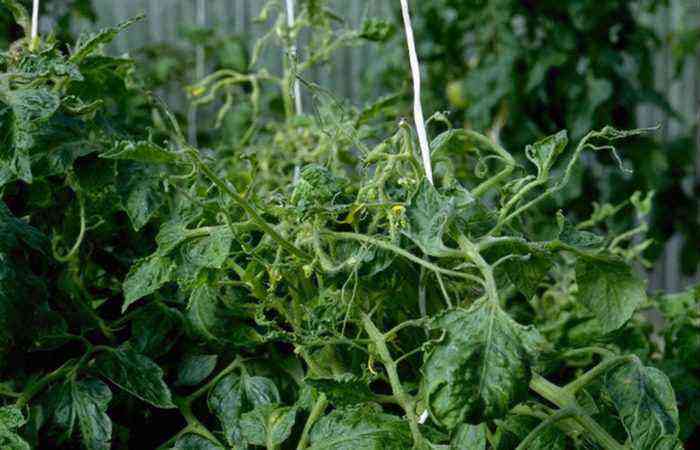
Features of tobacco mosaic
Causative agent: Tomato mosaic tobamovirus (ToMV). Previously, this phytopathogen was attributed to the tobacco mosaic virus (TMV). But even now, among vegetable growers and in manuals for agronomists, the definition is more common – tobacco mosaic virus (TMV).
Pathogen biology
The ToMV virus is extremely stable in the external environment. Inactivated only at temperatures above 95°C. The virus is insensitive to drying. In dry soils and plant debris, it can exist up to 2 years.
The pathogen is well preserved on garden tools, greenhouse structures, cigarettes or pipe tobacco. Plant infection occurs through damaged epidermal cells and hairs.
Distribution
The ToMV virus is one of the most contagious (contagious) phytopathogens. The pathogen enters a healthy culture through simple contact. This mainly happens during tomato care (transplanting seedlings, pinching, picking, garter) even in bushes without visible damage.
The stem and leaves of the tomato are covered with small hairs that break off at the slightest touch. If the plant is infected, TMV viruses with droplets of juice fall on the gardener’s hands or equipment. In exactly the same way, the active virus enters the cells of healthy plants. In this case, the microscopic wound becomes the entrance gate for the virus.
The disease is also transmitted by sucking pests: aphids, thrips and cicadas. It is possible to transmit the pathogen by fungal spores when infected with powdery mildew and root rot. Another source of disease is infected seeds.
The rapid spread of the virus is facilitated by dense plantings, drafts and high humidity.
Mechanism of disease development
After entering plant cells, the TMV virus begins to multiply, infects chloroplast cells, which leads to the destruction of chlorophylls. There is a failure in photosynthesis, disturbances in respiration and other important life processes of tomatoes. The bush slows down in development and gradually dies.
Signs on tomatoes
The first signs of infection can be seen on the leaves of tomatoes. This is the appearance of a variegated (mosaic) color, where light and dark green-yellow areas alternate.
As the disease progresses, other symptoms occur:
- leaves are deformed;
- the leaf plate becomes wrinkled;
- fruits become smaller, ripen unevenly;
- the appearance of yellow spots on the fruits is possible;
- leaves can acquire a filiform or fern-like (rare) form.
On the underside of the deformed leaves of filamentous outlines, enations are formed. These are bowl-shaped outgrowths with an average size of 1 cm. The appearance of outgrowths, a specific sign of the TMV virus, indicates the development of the most harmful form of the mosaic, enation.
Treatment of tobacco mosaic on tomatoes
Against viral diseases of tomatoes, there is not a single chemical preparation that guarantees a complete cure. After the appearance of the disease on tomatoes, all measures are aimed at protecting healthy bushes.
If signs of infection are found on at least one bush, all plants are carefully examined.
Sick tomatoes are immediately removed along with an earthy clod, the same is done with weeds that grow in the aisles.
The practice of vegetable growers has proven that pruning damaged parts of tomatoes with subsequent treatment does not lead to results. A diseased plant becomes a dangerous source of the virus and can cause epiphytosis.
The soil is carefully cleaned from fragments of roots and other parts of tomatoes. All plant residues are burned. If reserve seedlings are planted in this place, the soil is completely changed. Spilled with a 5% solution of potassium permanganate, dried and fertilized with nitrogen.
Healthy tomatoes are treated with whey solution:
- milk whey (reverse, low-fat kefir) – 1 l;
- urea – 1 tbsp. l.;
- water – 10 l;
- grated soap – 40 g.
Solution temperature 22-24°C. Tomatoes are completely sprayed from a spray bottle, be sure to shed the soil in the trunk circle. Instead of urea, 4-5 drops of iodine can be added to this solution.
When pests are found, tomatoes are treated with insecticides. Preparations: Iskra M, Inta-Vir, Commander Maxi, Fufanon Nova, etc.
In infected tomatoes, the absorption of minerals from the soil is significantly reduced: boron, magnesium, iron, manganese and zinc. This leads to a significant weakening of the plants, the rapid spread of the virus and the death of tomatoes.
Top dressing of tomatoes on the leaf with microelements (boron, manganese, zinc, copper, iron) inhibit the manifestation of TMV symptoms in weakly affected plants (without visible signs). This allows you to increase the yield of tomatoes by 30%.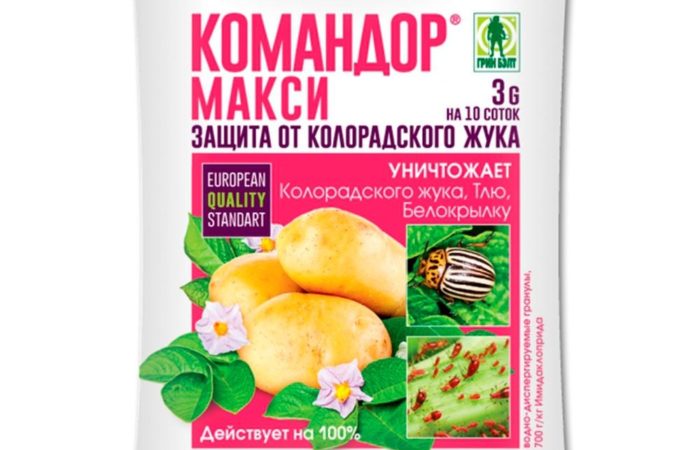
Soil treatment after tomatoes
The accumulation of the virus in the soil is facilitated by growing a crop in the same place. Therefore, the place under the tomatoes in the open field is changed annually, returning them back only after 3-4 cycles.
Organizing crop rotation in a greenhouse is much more difficult. Here the problem is solved by a complete replacement of the soil and, if the cultivation of tomatoes is combined with cucumbers, by changing their places.
In any case, immediately after harvesting, all plant and root residues are raked and burned. The soil is deeply dug up, mineral fertilizers are applied according to the requirements of the follower crop.
In the spring, the soil is treated with a 2% solution of 40% formalin, spilling the soil until completely wet. Then cover with a film and leave for 3 days. The structures of the greenhouse are treated with the same solution.
Effective steaming of the soil. To do this, it is shed with boiling water and covered with a film for 1 day. Then the earth is dug up, harrowed, again spilled with boiling water and covered with a film for a day. With this method, most pathogens of tomato diseases die.
Preventive spraying of seedlings
Protective spraying of plants begins during the cultivation of seedlings. To do this, 1 liter of whey, low-fat kefir or skim milk is diluted in 10 liters of warm water.
Work is carried out with a home spray gun, completely wetting the leaves and stems of tomatoes. As a result, a thin film is formed on the surface of plants, which prevents contact spread of the virus.
The first treatment is carried out the day before picking, the last – the day before planting seedlings in the ground. The interval between sprayings should not exceed 8 days.
5-7 days before transplanting, seedlings are sprayed with a 0,05% solution of boric acid.
During the season, tomatoes are sprayed 4 times with solutions:
- 0,05% boric acid;
- 0,01% cobalt nitrate;
- 0,01% copper sulfate.
Processing is carried out in the evening hours with an interval of 15-20 days.
Starting from the age of 14 days, tomatoes are sprayed with adaptogens and biostimulants at intervals of two weeks throughout the season. Preparations: “Heteroauxin”, “Gibbersib”, “Epin”, “Epin extra”.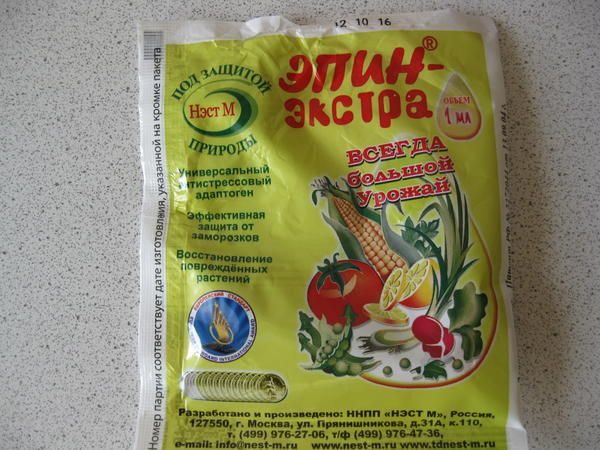
How to deal with mosaic tomatoes
Any viral diseases of tomatoes are easier to prevent than to cure. Only prevention helps to completely protect yourself from crop loss. First of all, this is the choice of a virus-resistant tomato variety.
Homemade and seeds from dubious sources must be disinfected. To do this, they are immersed in any of the solutions: 20% hydrochloric acid, 10% trisodium phosphate, 1% potassium permanganate – for 30 minutes. Rinse under running water and dry in the sun.
All seedling containers are disinfected with a 5% potassium permanganate solution or a 2% formalin solution. Before transplanting seedlings, plants with mosaic symptoms are discarded.
During pinching and pruning, all equipment is disinfected before processing each bush. To do this, use alcohol, skim milk, 5% solution of potassium permanganate, 5% solution of ferrous sulfate. It is advisable to handle and hands.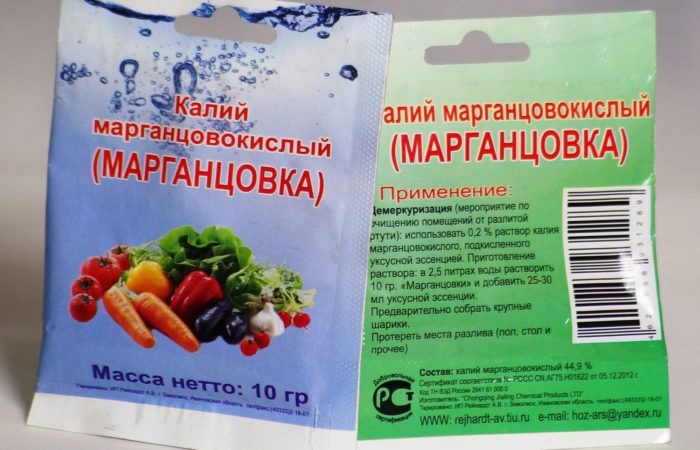
For tomato varieties and hybrids susceptible (not necessary for resistant ones) to the TMV virus, vaccination is carried out. For this purpose, preparations based on weakened strains of the q-7 or v-69 virus are used. Processing is carried out 8-10 days after emergence.
To repel pests, repellent plants are sown between tomatoes: undersized marigolds or calendula. Every 10 days, spraying is carried out with infusions of wormwood or pine needles.
To do this, freshly cut wormwood grass is crushed, half a bucket is filled, poured with water and insisted for a day. Then boil on fire for 30 minutes. Strain and make up to 10 liters.
To prepare a coniferous infusion, 2 kg of pine needles are poured into 10 liters of water, insisted for 7 days, filtered and brought to the original volume. You can buy coniferous concentrate. It is diluted with water in a ratio of 1:7.
All season long, tomatoes provide a balanced diet on demand. Potassium supplements especially increase the resistance of plants to the virus. To prevent weakening of the culture, optimal temperature and soil conditions are maintained.
All the described measures against viral diseases of tomatoes seem complicated only at first glance. With practice and experience comes a complete understanding of agricultural technology, selected “own” varieties and hybrids.
In the video, you can see how leaves and fruits affected by tobacco mosaic look, learn about the causes and methods of prevention.
Virus resistant tomato hybrids
Tomato resistance to TMV is determined by 3 types of genes: Tm-1, Tm-2, Tm-22. The disease on immune hybrids develops only under a combination of a number of conditions: a large infectious load, an air temperature of more than + 28 ° C and strong sunshine for 5-7 days.
Resistant hybrids (F1):
- The president;
- Source;
- Bogota;
- Anyuta;
- Partner Semko;
- Cunero;
- Belle;
- Katia;
- Aksinya;
- Buran;
- Mirsini;
- Pink miracle.
Infection in relatively resistant hybrids is manifested by a yellow mosaic on the upper leaves, systemic necrosis and a streak (roughness) of the fruit.
The main mistake of many vegetable growers is a frivolous attitude to plant diseases: it seems to be okay that this year they have harvested a small crop. But it should be remembered that almost all pathogens of tomato disease can persist in the soil and other surfaces for a long time.
As a result, a huge stock of infection is formed on the site, the elimination of which will require a significant investment of time and money. There are no crops in such gardens. Therefore, it is important to fight probable diseases regularly, even if there are no infected plants in the country.
